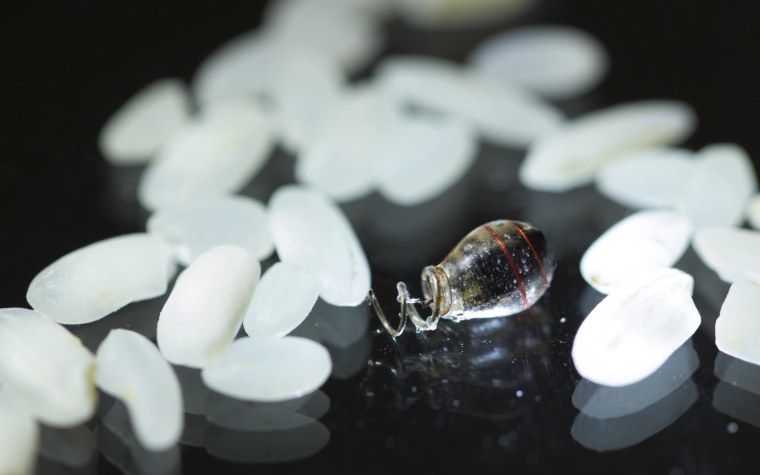A breakthrough in wireless power has enabled the creation of a tiny medical implant, no larger than a grain of rice, that could be used as a pacemaker or in place of drugs.
The Stanford Engineering team behind the new tech was led by Assistant Professor Ada Poon, and the great advance isn't actually the size of the electronic device — it's the way that device is powered.
Even the smallest implants out there now need power, and that generally means a battery — after all, you don't want to have to run a wire into your body, though that is an option. And when the battery runs out, the device must be removed or replaced.
Providing the power wirelessly is a great idea, but in practice the tissues of the body tend to reflect or absorb electromagnetic waves like Wi-Fi and microwaves that could otherwise transfer power to a small device.
Poon's team managed to engineer a special type of wave that travels just fine though the body, yet can be picked up by an antenna. This radiation, harmless at the levels used, can reliably power or charge a device, making the inclusion of a battery unnecessary. The result is what you see above: An implant smaller than a grain of rice — except extra-small grains, of course.
Such a device could be buried deep in the body and act as a pacemaker or "electroceutical," stimulating or calming areas of the heart or brain that suffer from irregularities — possibly replacing costly, imprecise drug treatments or bulky and invasive surface implants.
Though Poon has tested the device in animals, human testing is yet to come — it may be a few years before the FDA and others approve.
The work is reported in a paper published Monday in the Proceedings of the National Academy of Sciences.
